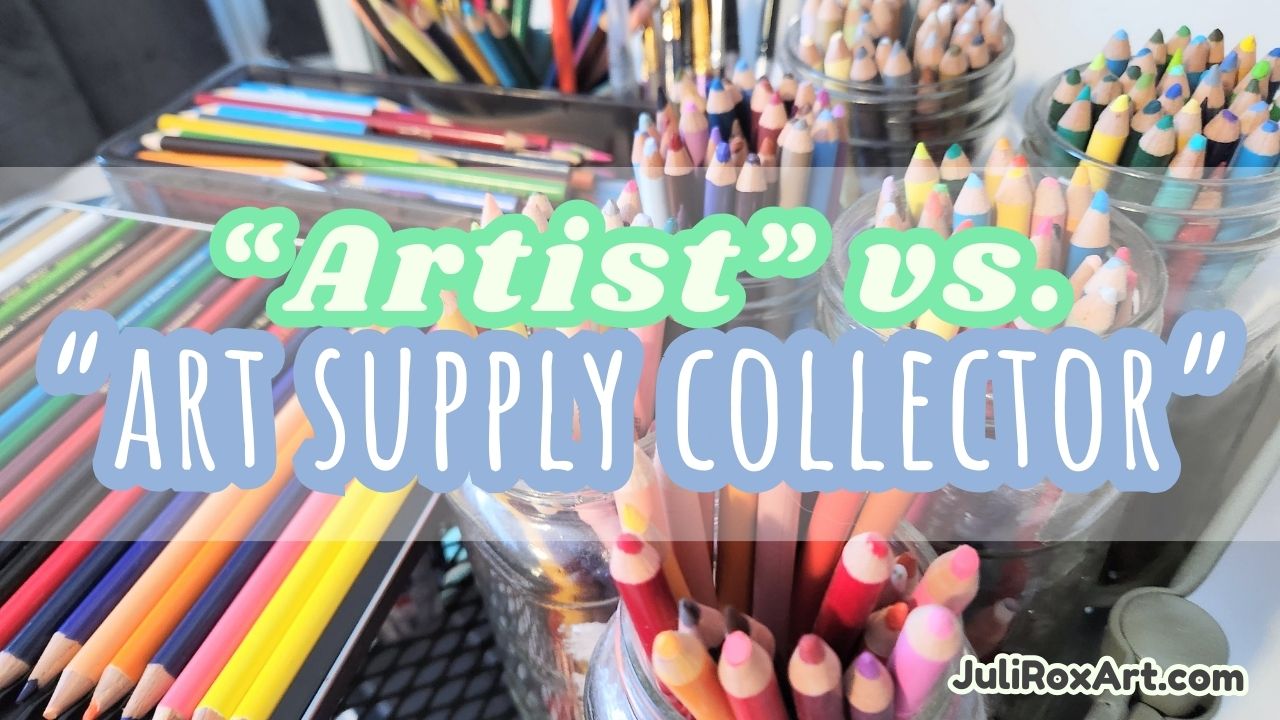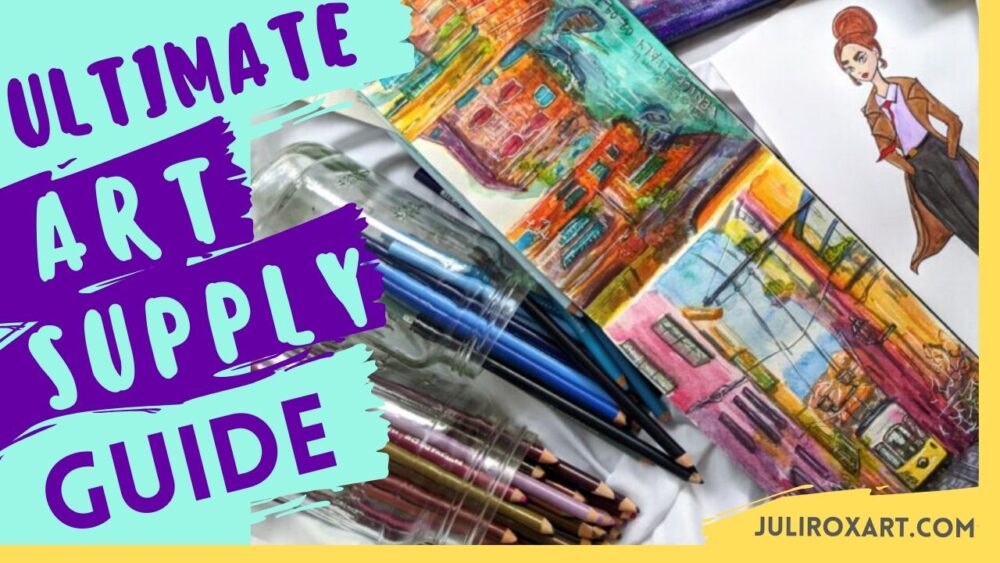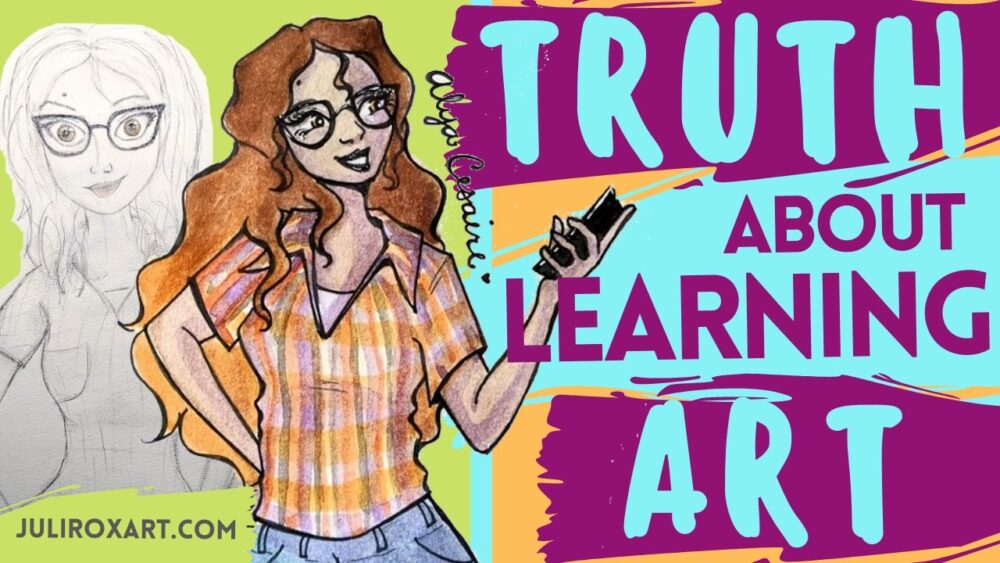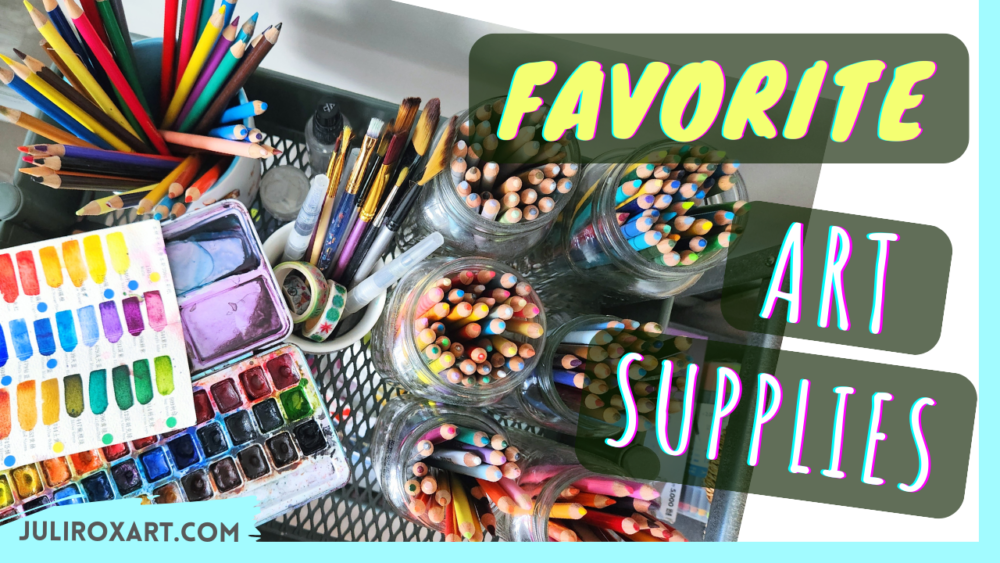During peak Covid times—motivated, in part, by the fear of being laid off from my front-facing job—I decided to partake in a “no-buy year“. This only lasted about three months since I, shortly after, decided to live and work in South Korea for two years. While I wanted to continue with my no-buy journey, preparing to move across the globe necessitated a bit of shopping.
While I only managed to commit to a quarter of the year, there was still plenty I took away from the experience.
A no-buy year is in equal parts a challenge as it is a lifestyle.
It’s a promise to yourself not to partake in shopping, with only a few exceptions. Anyone is open to interpret the challenge the way they’d like. For me, this meant groceries, gas, gifts to others, and replacement items were allowable; and clothes, shoes, home décor, beauty products, and art supplies were off limits.
The hardest part about sticking to my no-buy (quarter) year was not missing out on the latest fashion trends. It wasn’t banning myself from setting foot into my rendition of “Sephora” (Walmart’s beauty section). And it definitely wasn’t averting my eyes away from the home goods at Winners/Ross/Marshalls—okay, maybe this one was actually a bit tough.
The most difficult part of my no-buy journey was, of course, ridding myself of the painfully seductive allure of brand-new art supplies.
Looking through my old sketchbooks, I understood why I had built the habit of shopping for arty things over the years. One of the advantages of learning “how to art” as an adult is having the financial means to support this hobby—and consequently, having resources to dive headfirst into a very-wide array of mediums. As a beginner-artist-and-working-adult, the sky’s the limit. You don’t have a clue which medium suits you best. The desire to experiment is just so intense.
My old sketchbooks tell a story of a very scattered young adult. One who started off with pencils, moved onto ink. Followed by colored pencils. Then switched over to alcohol markers, followed, again, by watercolors. Then acrylic. Then back to watercolors. After that it was gouache (RE: HIMI/MIYA gouache bandwagon). A one-night stand with oil paint. And then, to no one’s surprise, watercolors. Throughout each one of these phases, I purchased items to play around with. And, in all honesty, I don’t feel bad for picking up these supplies and trying them out. It’s all part of the discovery stage of learning art, so for this reason, I have no regrets—not over purchasing the first sets of each mediums, at least.
The second, third, and/or fourth watercolor/gouache/colored pencil/etc. set, however? Yes, there’s plenty of guilt there. Art supplies are meant to be used. They’re not doing their job if they’re just collecting dust. That doesn’t spark joy for either party—not the user nor the item (yes, sometimes I pretend my art supplies have emotions; and no, I don’t have many friends).
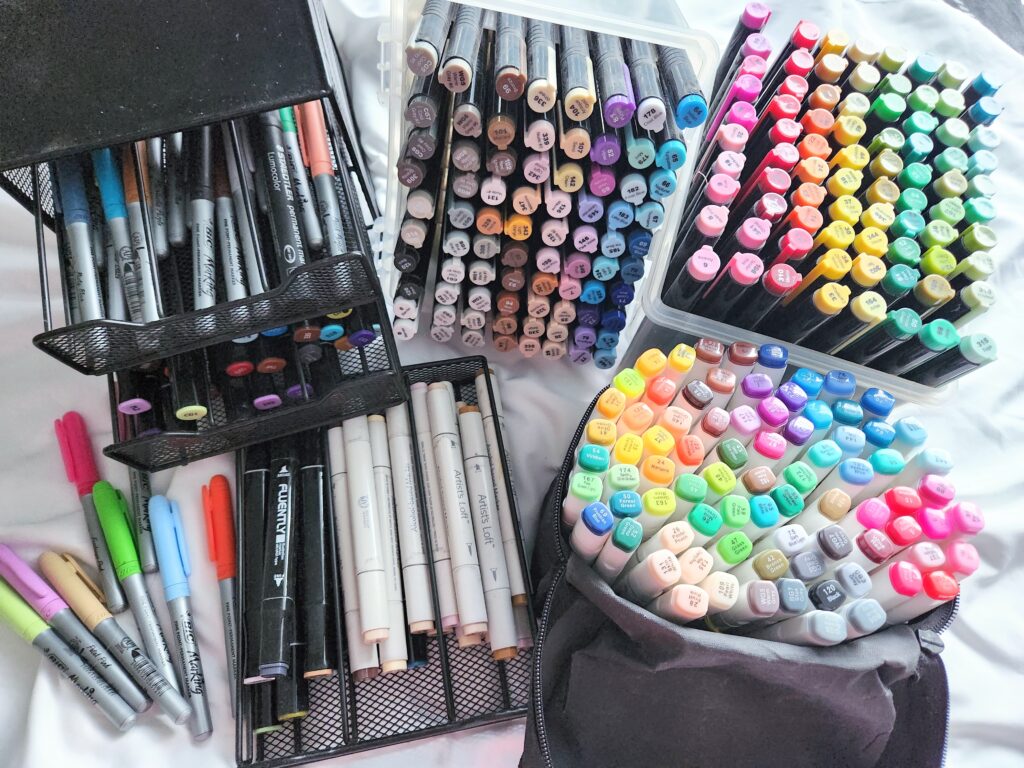
I understand improving in your craft and wanting to upgrade to higher-quality supplies.
Along with not being willing to make that initial investment in the “good stuff” right off the bat because of financial constraints. Why invest in $100 worth of Prismacolor Premiers if you’re not sure that you enjoy working with colored pencils? But none of us need every new palette or set of a supply the second it hits the market. We don’t need to buy the massive 56-piece set of jelly gouache that makes it’s round on YouTube. Or the 300-piece set of alcohol markers that are such a great deal. Especially not if we already have 30 gouache paints and over a hundred markers already.
Hoarding supplies is a common act among many types of visual artists. Maybe it’s the thought of a new set of acrylics being a “productive” purchase over, say, a brand-new sweater. It’s for your craft after all. And if you’re working as a professional artist, your supplies are a write-off. It becomes easy to justify. But at the end of the day, there are simply no winners in the arena of excessive consumption. It just isn’t sustainable. It doesn’t matter whether you’re picking up a new hat or a new box of colored pencils; if they’re not being used, were they really worth the production, packaging, shipping, and time it took to create them in the first place? And maybe they can live a second life when donated, but is it worth that chance if they could equally just end up in a landfill?
At the end of the day, bigger isn’t always better.
And more can be overwhelming. As a fellow human living on this planet, I really make an effort to scrutinize my spending habits; and I encourage you to do the same. Before purchasing something that’s not a necessity, I question whether or not I’ll actually use it enough to warrant taking it home. I ask myself whether I already have something that’s similar, or can meet a similar need. I wonder why I feel the need to purchase something new—am I filling some kind of void? And if I do decide that I want to go through with a purchase, if it’s something I can find second-hand, I try to explore that avenue.
My spending habits definitely aren’t perfect. I cave at times. It’s really difficult to walk away from temptation after a long day; or after being constantly bombarded with ads that make your wants feel like needs. But pursuing a short-lived no-buy year, really did wonders in breaking my consumption habits. Especially when it came to the no. 1 culprit that is brand-new art supplies. During that time, I gave away many items to a retired coworker, since I knew she would give the supplies the opportunity to fulfill their purpose: to be used, and to be appreciated.
Finally, to my dear beginner artists out there—and I write this from experience—building your roster of art supplies won’t make you a better artist.
Going to Michaels and picking up a new sketchbook, when you’re not even halfway through your current one, doesn’t help to refine your skills. The only thing that does is practice. I know, it’s not as dopamine-filled as shopping for more. Again, I’m saying this from far-too-personal experience, please don’t use the act of buying new arty things you don’t need in order to compensate for your lack of skill. Sometimes, to this day, I need to remind myself of this fact. Think of that person who feels great after stocking up on self-improvement books, but neither reads, nor applies their teachings. Don’t be that guy.
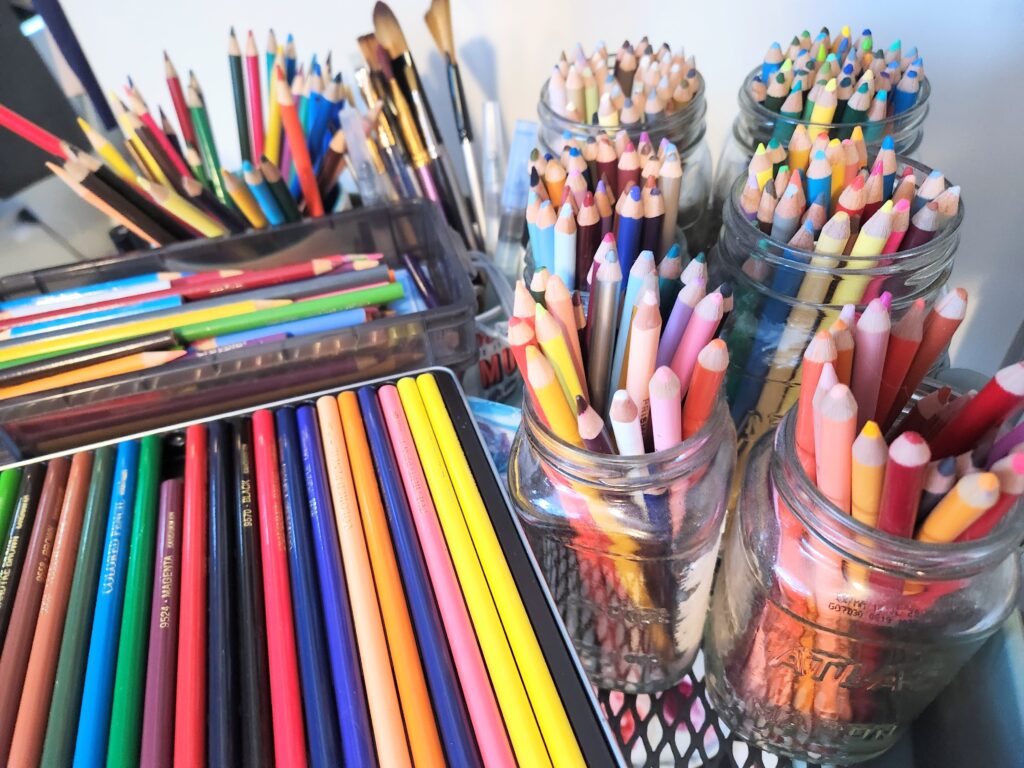
At the end of the day, it’s not my place to police anyone’s spending habits.
But I genuinely believe that, as consumers, we need to start normalizing “enough is good enough” when it comes to the quantity of items we bring into our homes—and, inadvertently, the quantity of items that end up in the bin.
At the end of the day, all we can do is our best to consume intentionally, given the world and systems that we live in. If you decide to try out a no-buy challenge, best of luck to you. It’s a difficult thing to question our spending habits and make the effort to break out of a desire for more—especially when we’ve been conditioned to think this way for most of our lives. I truly hope it works out for you and commend you for your effort.

